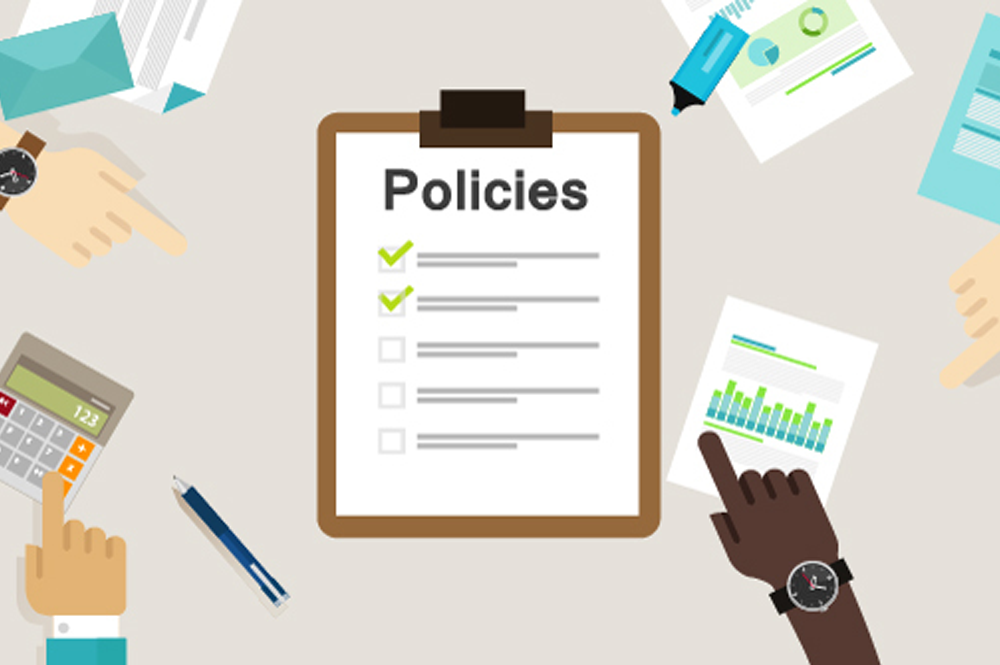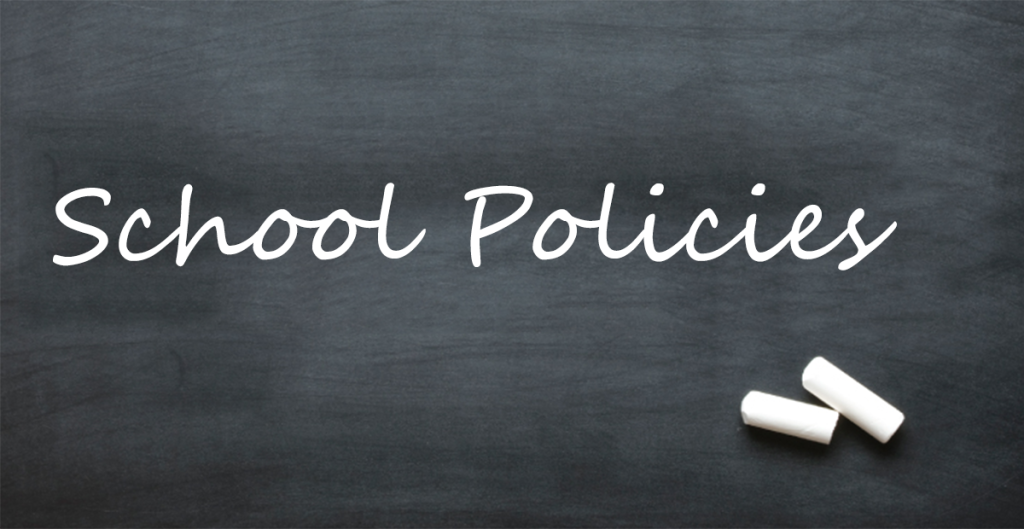When I first got involved with educational policy reform, I’ll admit, I had no idea how complex and challenging it could be. Like many people, I used to think that changing a school policy would be as simple as writing a new rule and asking everyone to follow it. But as I soon learned, effective school policy reform is so much more than that. It’s about understanding the needs of students, teachers, and the broader school community, gathering input from all stakeholders, and creating policies that are sustainable and impactful.
Having seen a fair share of policy changes that failed to take root or even caused more problems, I realized that the process of reform isn’t something to rush through. It requires planning, collaboration, and ongoing evaluation. If you’re passionate about making a change in the education system, this guide will walk you through the key steps to implement meaningful and lasting school policy reform.
Assess the Current Situation: Understand What Needs Reform

Before diving into reform, it’s crucial to assess the current policies and understand the issues at hand. When I first worked on a reform project at a school, I realized how important it is to take a step back and truly analyze what needs to change. Often, schools might have policies that sound great on paper but fail to deliver the intended results. Or, in some cases, outdated policies might be holding students and teachers back from reaching their full potential.
You can start by collecting data, reviewing test scores, teacher feedback, student surveys, and even incident reports. When I was involved in a policy reform project, we gathered input from teachers, parents, students, and even the local community. This helped us paint a clearer picture of what was working and what wasn’t.
Once you’ve assessed the current situation, you’ll have a clearer sense of what needs to be changed. Is it the discipline policy? Do you need to address gaps in academic achievement? Are there social or emotional factors affecting student performance? Having a precise understanding of what needs reform will guide you through the entire process.
2. Engage Stakeholders Early On
One of the most important things I’ve learned through my experience with policy reform is that engaging stakeholders is essential. You can’t just make changes from the top down and expect everyone to get on board. Teachers, students, parents, and school staff should be part of the conversation from the very beginning.
When we were working on a new attendance policy at one school, we made sure to involve everyone from the principal to the students themselves. We conducted surveys and held open forums where anyone could express their concerns or suggestions. I was surprised by how much great feedback we received, and many of the suggestions made our final policy even better than we initially envisioned.
It’s essential to create an inclusive reform process. That means listening to what the people affected by the policy have to say and ensuring their voices are heard. Engaging stakeholders early on can also help reduce resistance when it comes time to implement the new policy, as people will feel that they had a hand in shaping the changes.
3. Set Clear, Measurable Goals for the Reform
It’s easy to get excited about change, but without clear and measurable goals, your school policy reform might not achieve the desired outcomes. This was one of the lessons I learned during an initiative to reform our grading policy. Initially, we had broad goals like “improve academic performance” and “create fairer grading standards,” but we didn’t set clear benchmarks for success. As a result, it was hard to gauge whether the policy was actually making a difference.
To avoid this, make sure to set specific, measurable, attainable, relevant, and time-bound (SMART) goals for the reform. These could include objectives like increasing graduation rates by 10% within two years or improving student engagement scores by 15% in one year. Having measurable targets will give you something concrete to track and will also help you justify the reform to stakeholders.
4. Pilot the Reform Before Full Implementation
Before rolling out a policy reform to the entire school, I highly recommend running a pilot program. When we tried to reform our discipline policy, we didn’t make the changes school-wide immediately. Instead, we piloted the new system in a few classes and gathered feedback from teachers, students, and parents about how it was working.
The pilot phase gives you the opportunity to test the effectiveness of the reform and make adjustments before it’s fully implemented. It can also give you a chance to identify unforeseen problems, such as a policy not being communicated clearly or logistical issues that weren’t anticipated.
I found that piloting the policy not only helped improve the final version but also gave everyone involved a sense of ownership in the reform process.
5. Provide Adequate Training and Resources
Even if your new policy is solid, it won’t succeed unless your teachers, administrators, and staff are equipped to handle it. When we introduced a new curriculum framework at my school, one of the most important things we did was provide training sessions for teachers. Without training, even the best policies can fall flat, as teachers won’t have the necessary tools or understanding to make them work in the classroom.
Be sure to allocate resources for professional development and offer continuous support as the policy is implemented. Whether it’s training on new technologies, classroom management techniques, or changes in assessment practices, your school staff should feel confident in their ability to carry out the new policy.
6. Monitor and Evaluate the Reform Regularly
Implementing a school policy reform doesn’t end once the new rules are in place. To ensure that the policy is having the desired impact, you must continuously monitor and evaluate its effectiveness. Collect data, conduct surveys, and review student and teacher feedback regularly. This will help you identify whether the policy is working or if it needs further adjustment.
When we rolled out a new homework policy, we made sure to check in with teachers after a few months. We found that some of the objectives weren’t being met as expected, so we made adjustments to improve the policy and better align it with our goals.
Regular monitoring allows you to adapt to challenges and make sure the policy stays relevant and effective over time.
7. Address Resistance and Adapt as Needed
One of the inevitable aspects of policy reform is resistance. Not everyone will be on board right away, and that’s okay. In my experience, people resist change because they fear the unknown or are attached to old systems. What’s important is how you address that resistance.
Be open to feedback, offer support where necessary, and be willing to adapt the policy if needed. Over time, I found that the more we communicated with staff, students, and parents, the more willing they were to embrace the change. It’s all about building trust and demonstrating that the reform is in everyone’s best interest.
Conclusion: Creating Lasting Change through School Policy Reform
School policy reform is a complex but incredibly rewarding process. By following a structured approach that involves assessing the current situation, engaging stakeholders, setting clear goals, piloting reforms, providing training, and continuously monitoring progress, you can create positive, lasting change in your school.
I’ve seen firsthand how transformative effective school policy reform can be. It takes time, effort, and a willingness to adjust as you go, but the results are worth it. Whether you’re working on a new grading system, attendance policy, or mental health initiative, the key is to stay committed to improving the educational experience for all students.
If you’re ready to make a difference, start small, stay focused, and make sure you’re involving everyone in the process. You might just be surprised by the impact your efforts will have on the future of education.

